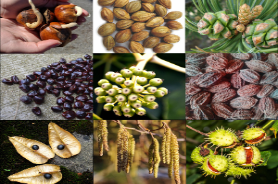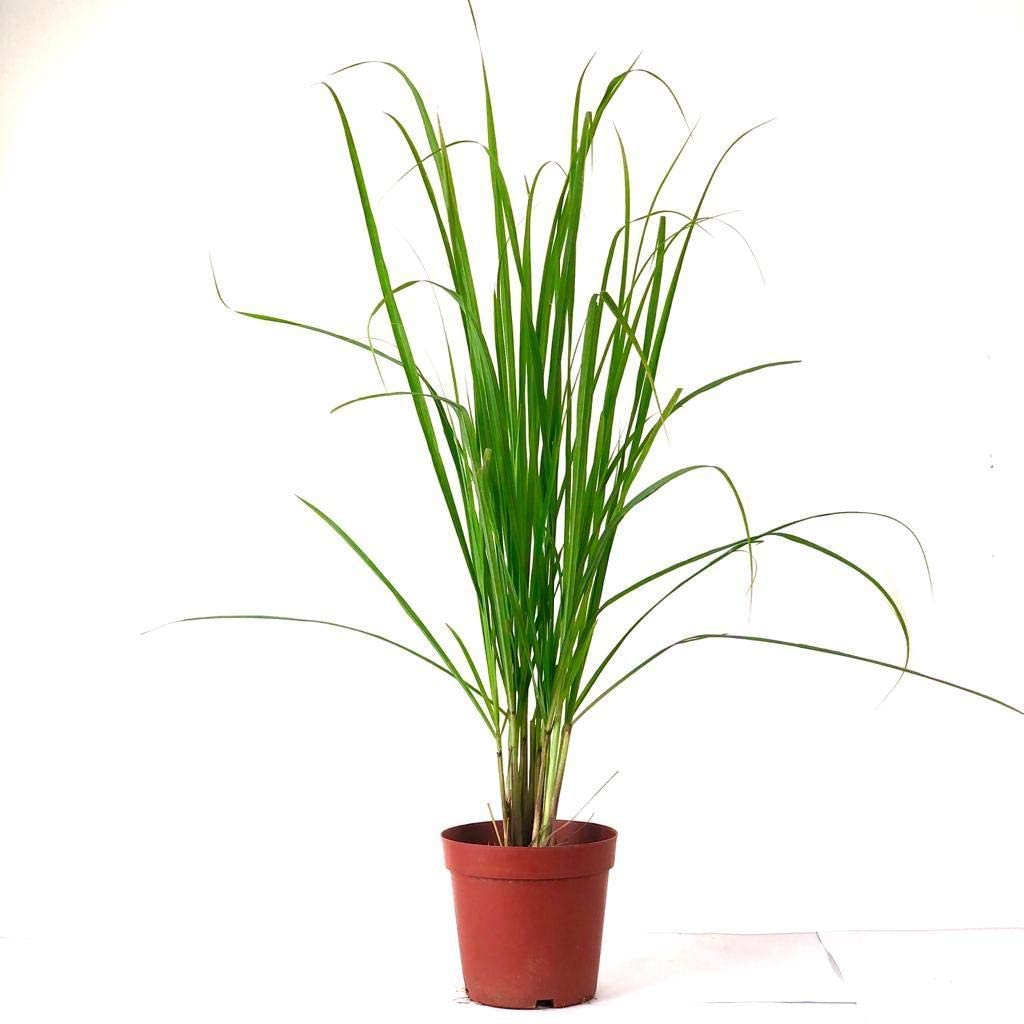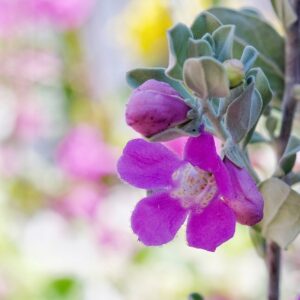Lemongrass, scientifically known as Cymbopogon citratus, is a perennial grass native to tropical regions of Asia. It is widely cultivated for its culinary, medicinal, and aromatic properties. Lemongrass is highly regarded for its fresh, citrusy fragrance and its versatile uses in various cuisines and herbal remedies. Here is a detailed description of Lemongrass:
**Appearance**
Lemongrass is a tall, clump-forming grass that can grow up to 3 to 6 feet (0.9 to 1.8 meters) in height. It has long, slender, and linear leaves that are green with a hint of blue. The leaves are aromatic and emit a distinct lemony scent when crushed. The grass has a fibrous and bulbous base, known as a “bulb” or “stem,” which is the part used in cooking and herbal preparations.
**Cultivation**
Lemongrass thrives in warm and humid climates. It requires full sun and well-draining soil with regular watering. It can be grown in the ground or in containers, making it suitable for gardens, herb gardens, or as a potted plant on patios or balconies. Lemongrass is known to be relatively low-maintenance and can be propagated through division or from seeds.
**Flavor and Culinary Uses**
Lemongrass is cherished for its unique citrus flavor and aroma. It imparts a lemony, slightly sweet, and earthy taste to dishes. The tender lower portion of the stalk, particularly the bulbous base, is used in cooking. It is commonly used in various cuisines, especially in Asian, Thai, Vietnamese, and Indian dishes. Lemongrass adds a refreshing and zesty note to soups, curries, stir-fries, marinades, teas, and desserts.
**Medicinal and Herbal Uses**
Lemongrass has been used in traditional medicine for its various health benefits. It is known for its calming and soothing properties, aiding digestion, reducing inflammation, and promoting relaxation. It is often used in herbal teas, essential oils, and topical preparations for its potential antibacterial, antifungal, and antispasmodic effects. Lemongrass is also believed to repel insects and is used in natural insect repellents.
**Aromatic and Ornamental Uses**
The fresh and uplifting aroma of Lemongrass makes it a popular choice for aromatherapy and perfumery. Its essential oil is extracted and used in scented candles, soaps, lotions, and diffusers. The grass itself is often planted in gardens for its ornamental value, as its tall and graceful form adds texture and beauty to landscapes.
**Conclusion**
Lemongrass is a versatile and aromatic grass that offers culinary, medicinal, and aromatic benefits. With its refreshing citrus flavor, it enhances dishes from various cuisines. Its therapeutic properties and aromatic qualities make it a valuable herb in traditional medicine and aromatherapy. Whether used in cooking, herbal remedies, or for its ornamental appeal, Lemongrass brings a delightful lemony scent and flavor to enrich our senses and daily lives.












Reviews
There are no reviews yet.